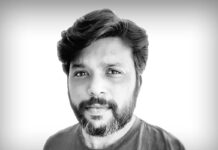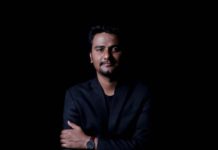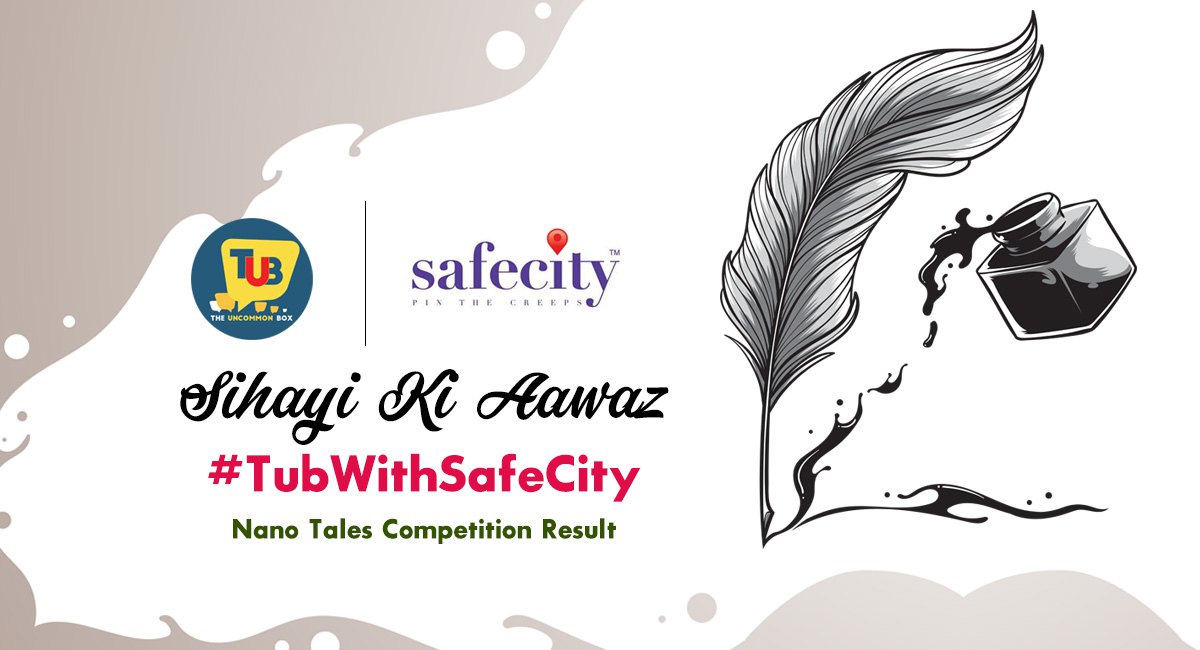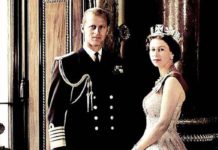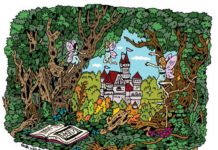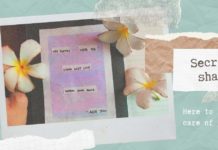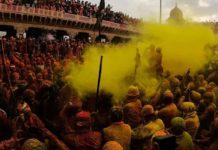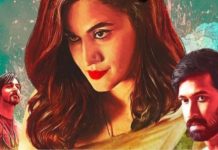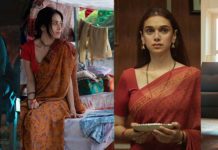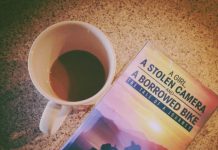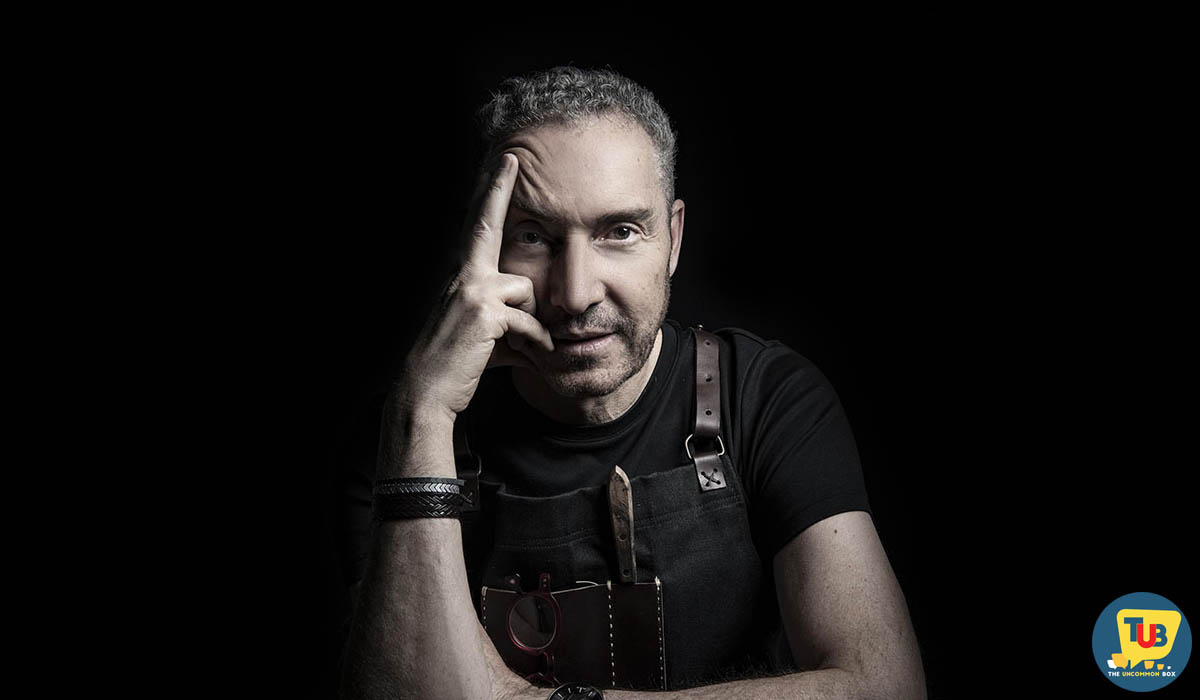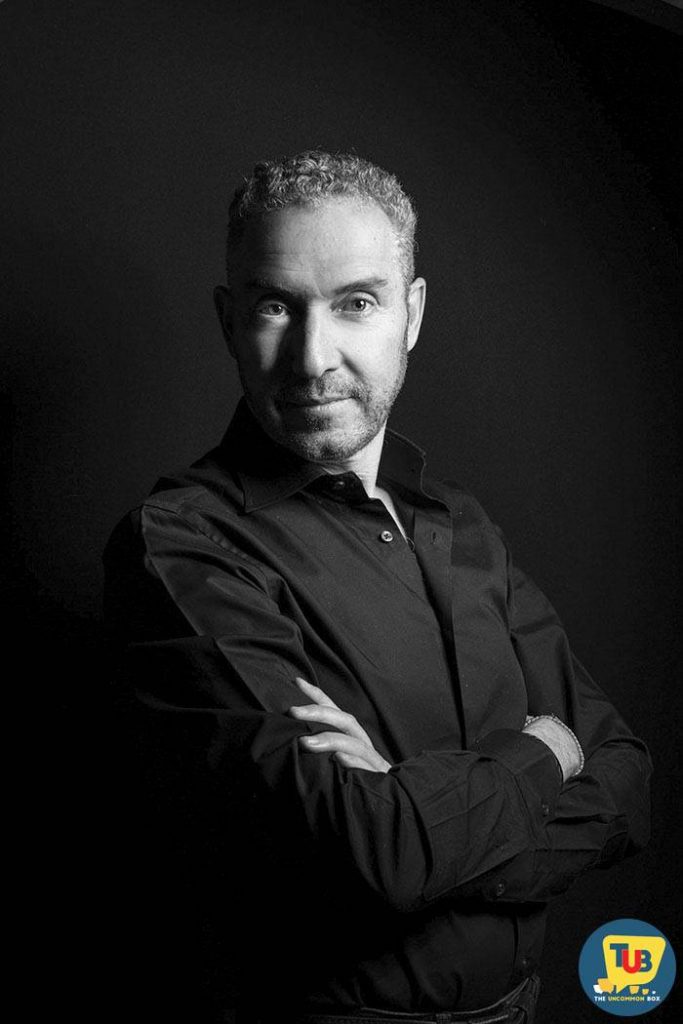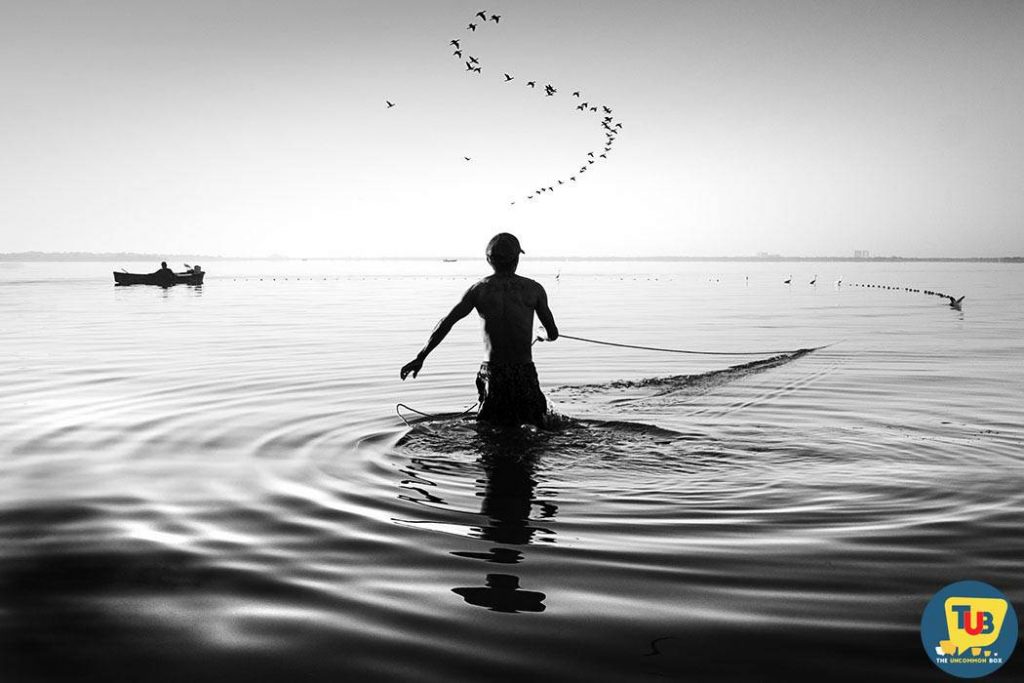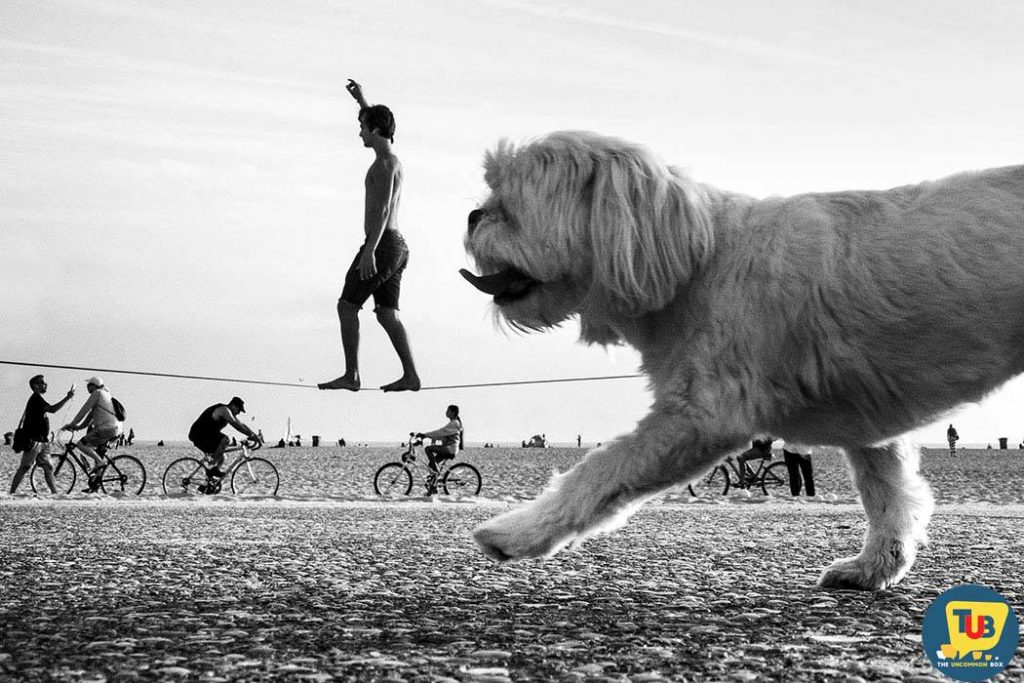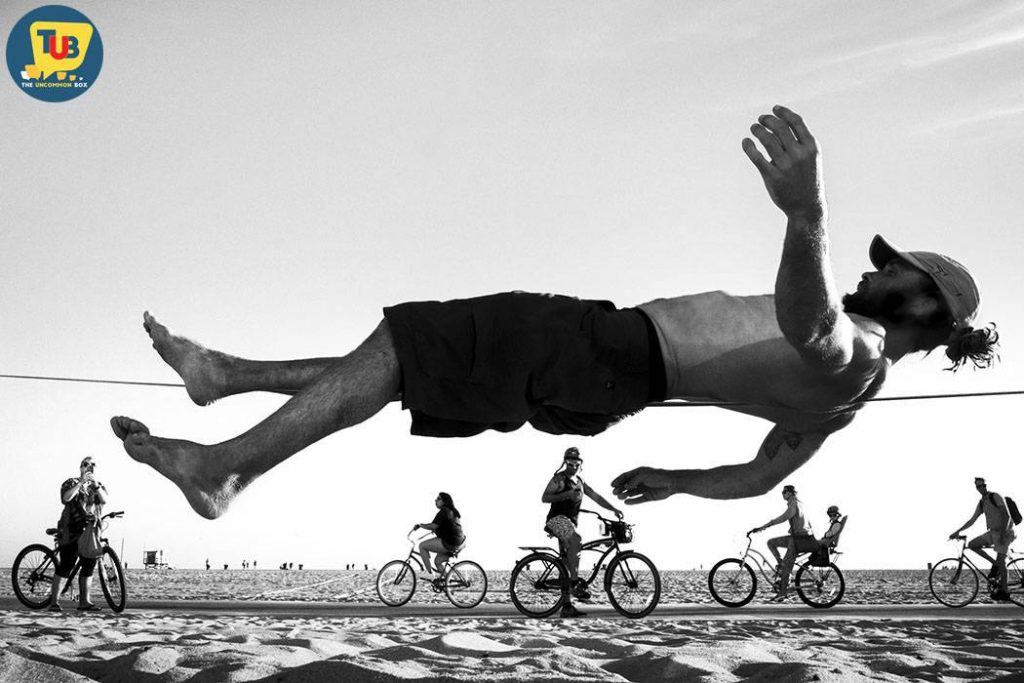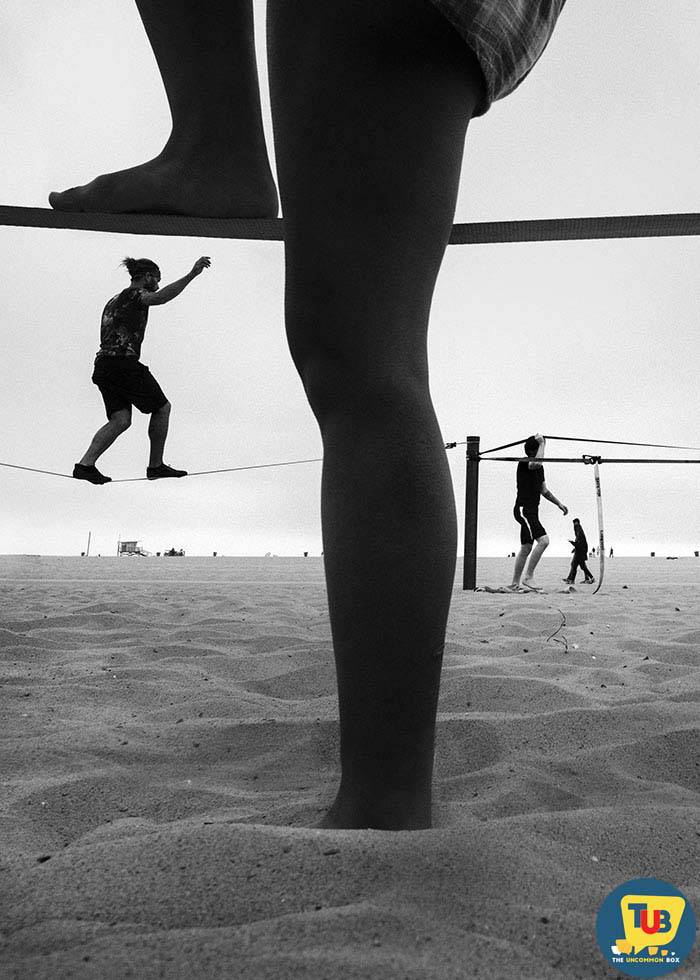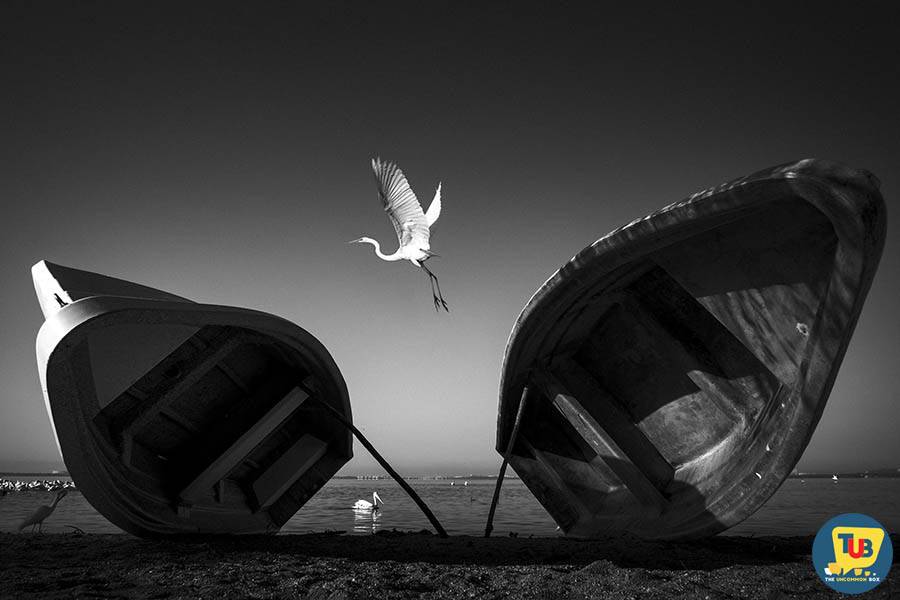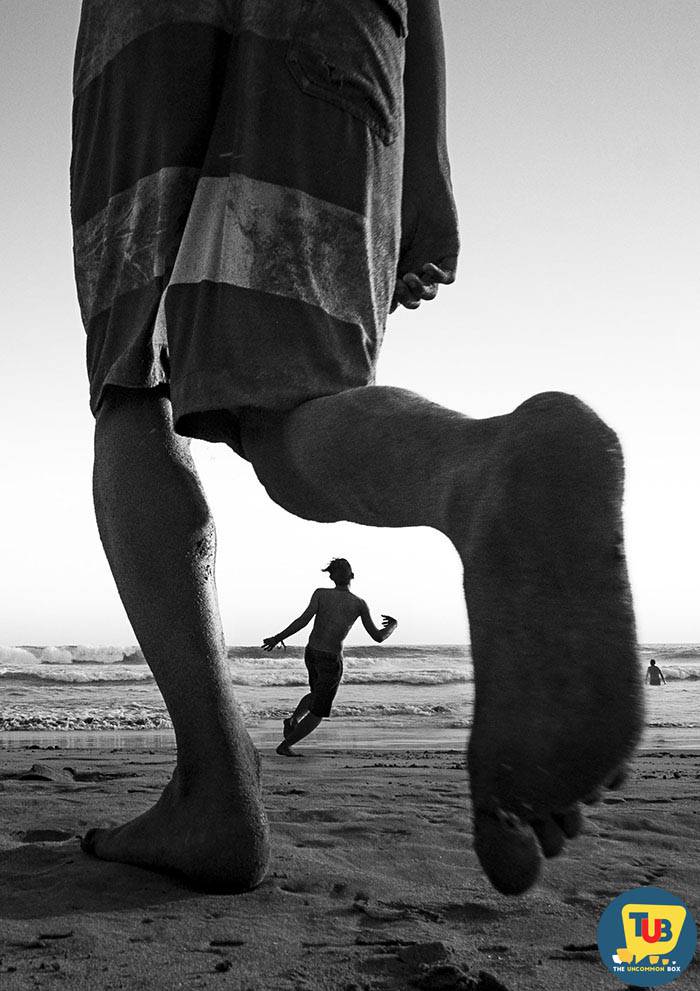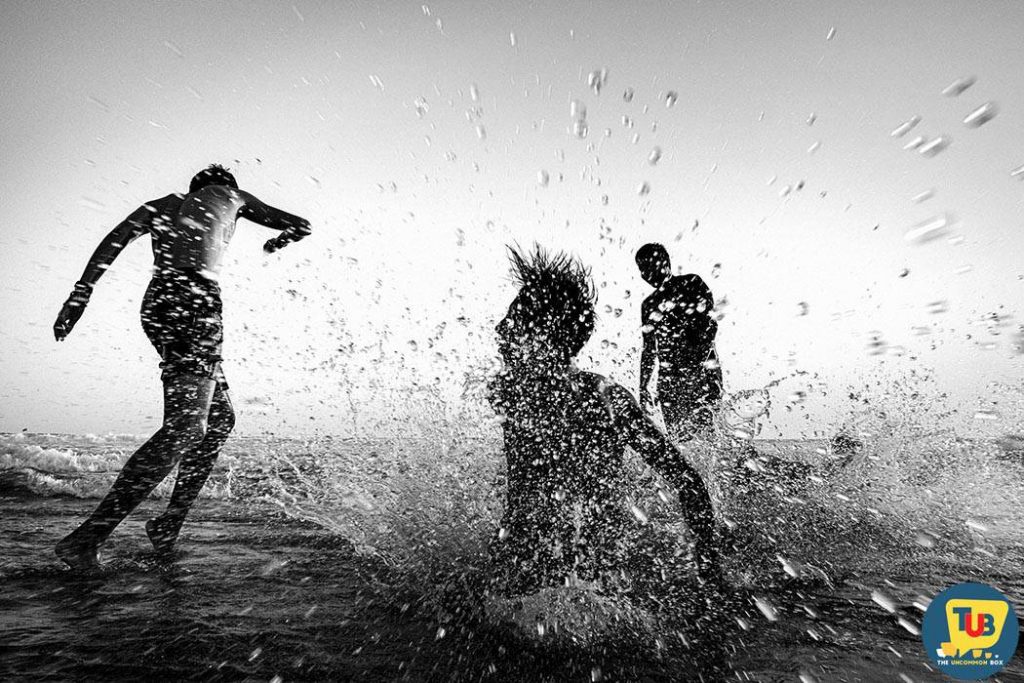Art is a reflection, a mirror of concealed emotions, a parallel universe, for the artist. Art has no age, art has no time.
TheUncommonBox today, brings you, one such wondrous artist, at your doorstep, who has redefined the meaning of street photography and monochrome.
Moises Levy, a Mexico resident, an established architect and a self-learned photographer is here with us, to share his 30 years old journey behind the lens.
TUB: Firstly, we thank you, Moises, for sharing your precious time with our team, and helping us spread your art through our platform. So tell us about your work, your love for the art that you create. Have you learnt it from somewhere?
M : Hello, I too, would first like to thank you for helping me spreading my art in different parts of the world.
I had started photography for about 30 years ago, while I had already found my bread and butter in architecture. I had always been a fan of clicking pictures of things that my eyes could not resist to keep it to itself. I have always been a fan of visual arts.
I didn’t learn photography from anywhere in particular. Though I did attend workshops and learnt what I felt I lacked or needed improvement in, from the internet. But I haven’t undergone any professional training, so you can call me a self-learner.
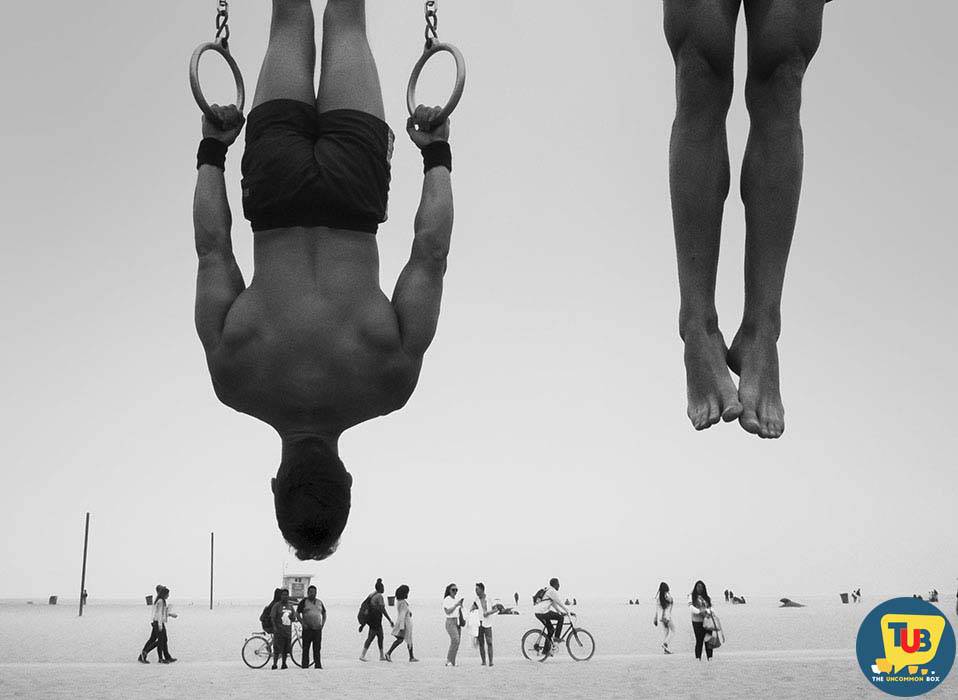
TUB: That is indeed very impressive. So how did you start with this? Was it street photography since the beginning or did something led to it?
M : Well, Initially I started with street, I photographed everything that pleased my eyes, even a simple blue door, or a food truck. Then for a while, I had moved to landscapes and architecture. I used to capture nature and significant buildings with wonderful architecture, considering my very own background. Then about 5 years ago, I moved to life and human conditions. I captured the physical environment around a human, rather than the human himself. People photography hasn’t ever really been my target.
TUB: Since you have tried your hands on different kind of photography, which one did you feel was the hardest?
M : It would be street photography, without any doubt. Street photography asks for 100% focus and attention towards the object you want to capture. You see something with naked eyes, it might not look extraordinary. But when you see it through lens, the picture changes. Street photography demands to be identified. It needs various camera techniques and control, sometimes even speed.
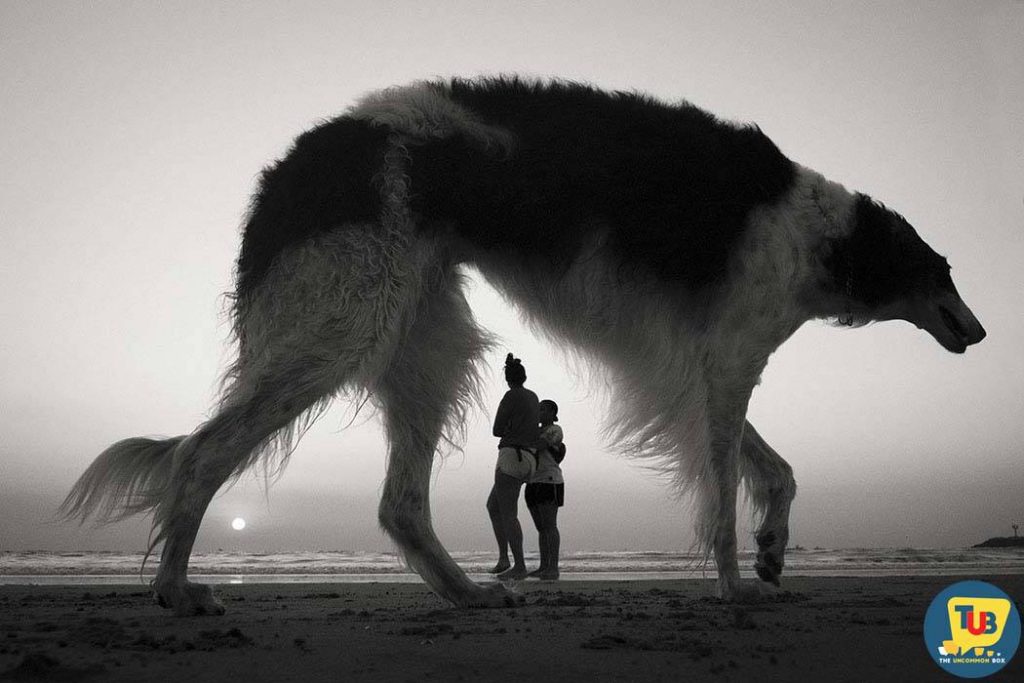

TUB: Your pictures are as amazing as it can get, but why monochrome? Why not colours?
M : I don’t hate colours, but I have always been more comfortable in black and white. When I capture an image, I think of it as a sketch or silhouettes. For me, it emphasis the photograph aesthetically .
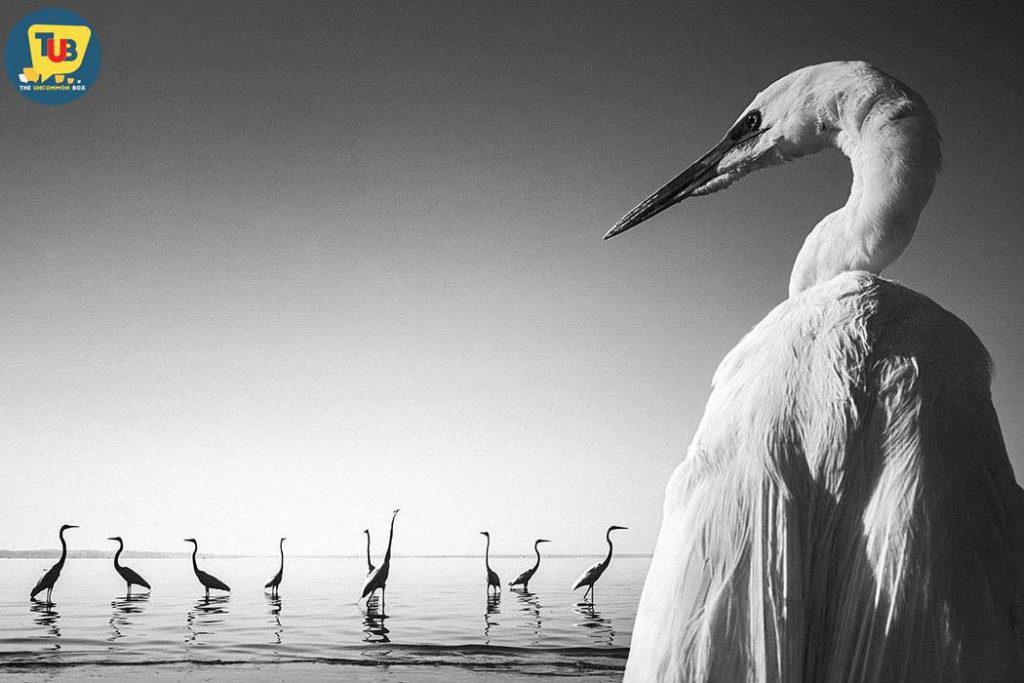
TUB: Do you have any idea in your mind before capturing an image? Something that always crosses your mind before clicking?
M : Well not in particular. But yes, I like when my images don’t tell the complete story. I prefer that the viewers, when they look at my captures, would think about a story, that they would relate to. Something that they feel is yet to be discovered.
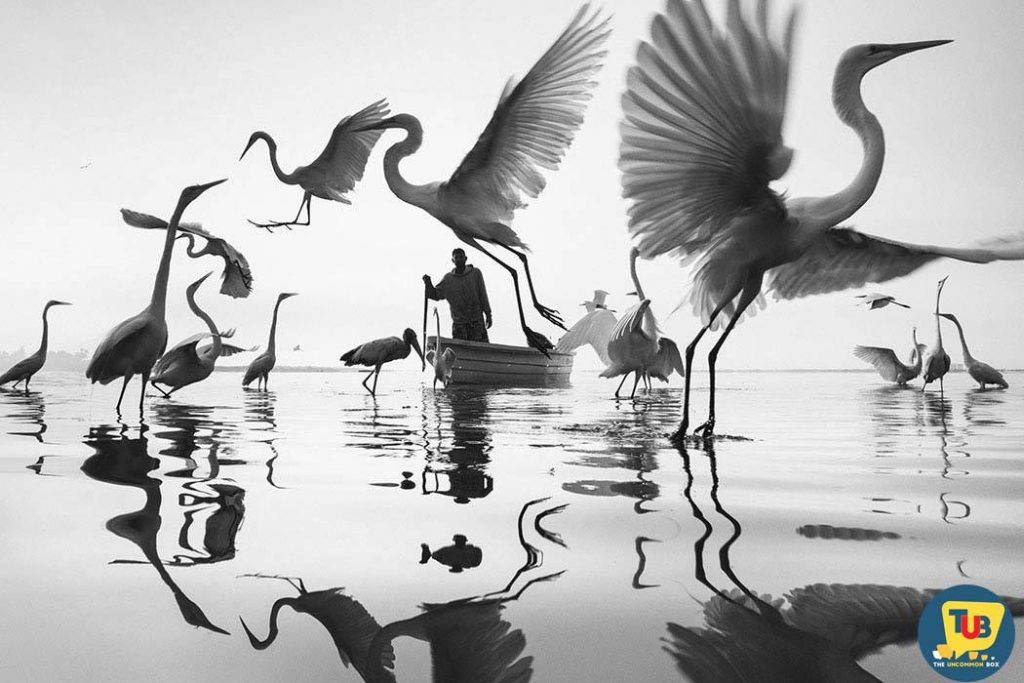
TUB: That’s quite an idea. Now, you have been an established photographer for many years, so working with other photographers would certainly have been a part of your journey. Can you tell us what was it like?
M : Oh yes! Working with other talented photographers is always a treat. Sometimes you learn something, sometimes you teach something. However, I prefer to shoot alone. It is more discrete. There are fewer adjustments and conflicts. Since everyone has their own way of capturing, it sometimes gets difficult.
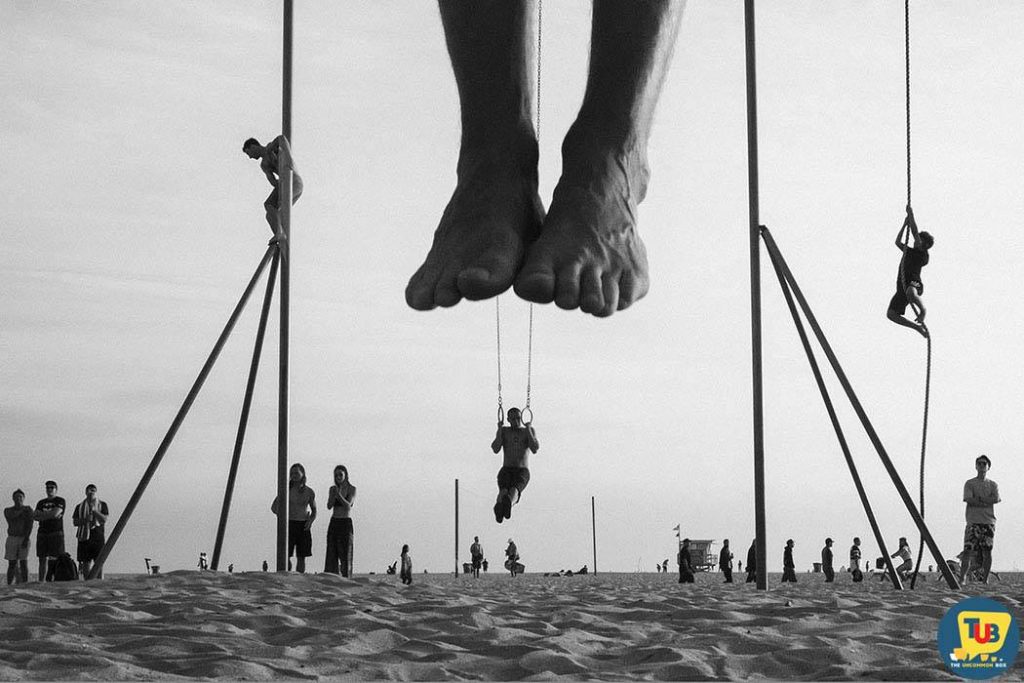
TUB: Well that’s pretty understandable. Every artist needs their space to create their art brilliantly. Now, what kind of camera do you use to capture such engaging photographs?
M : For beach projects, I use Fuji XT-20, with Voigtlander 15mm lens. It is small and easy to use, because of it’s manual feature .And for the city, I prefer, Leica M-10 with a 28mm lens.
| Photographer Lovers Check out the deals on cameras and its products |
Check out the deals on cameras and its products |
TUB: People usually say that art doesn’t pay off that well and that you always need a 9-5 job to continue working on your passion. Is it true?
M : It kind of is. Random photography doesn’t pay my bills. As I mentioned earlier, I am already an established architecture so it makes my persuasion of passion little easy. Though I also conduct workshops and teach photography, which too, contributes to making my wallet a little thicker.
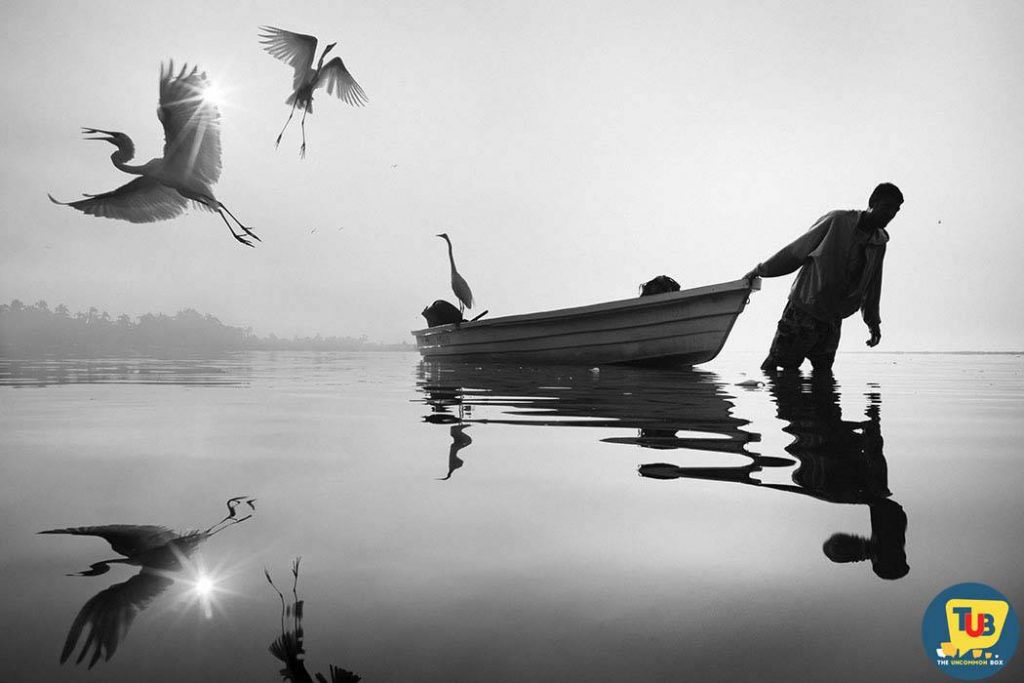
TUB: We hope someday being a full-time artist pays the bill too. So what has been your motivation for continuing this passion? Any big breaks or achievements that you would like to mention?
M : A restless mind is the best motivator. I constantly feel the need to create something, to transmit my ideas to the world in a graphical manner. There is a limitless urge of making something beautiful that pleases eyes of viewers. However, it doesn’t ever satisfy my thirst. There hasn’t been any well defined big break, as such. But since the time I started capturing human images, people have started to feel connected and the appreciation that I receive is the achievement I earn.
TUB: You have a beautiful Instagram page where you put your work for display. Is there any role of social media in making it big for you?
M : Absolutely! Social media has helped me reach to people. It has helped me to exhibit my work to the world. Also, constructive criticism has helped me become better in my work.
TUB: Since the time you started capturing humans, you think it has become difficult or is it easy?
M : It is difficult. Everybody feels. No one is ready to let themselves be captured by an unknown man with a lens, fearing something bad might happen, that their photos might be misused. People are not quite comfortable.
TUB: Are there any artists that you look up to or in your favourite list?
M : There are many! I will name a few, Josef Koudelka, Garry Winograd, Elliot Erwitt, Vivian Maier, Lee Friedlander, Diane Arbus and Fan Ho. These are some of my favourites as well as inspirations.
TUB: It has been a lovely time, Moises, knowing your journey. Before putting an end to this interview, we would like to share a piece of advice for budding artists, if any.
M : Never Stop! Never stop looking for ideas or creating them. There is art and inspiration everywhere around us. Find it, use it.
TUB: Thank you, Moises, for sharing your beautiful journey with @TheUncommomBox. We wish you all the very best for your future endeavours.
Keep clicking and keep inspiring.
Find the work of Mister Moises Levy, by following him on social media. The links to his handles are given below.
This article is written by KSHITI JHALA. You can find her writing on her Blog and Instagram. Follow her to read her writings.
This article is Curated by @frameshade. Follow him for his photography work
You can follow “THE UNCOMMON BOX” at the following social channels

